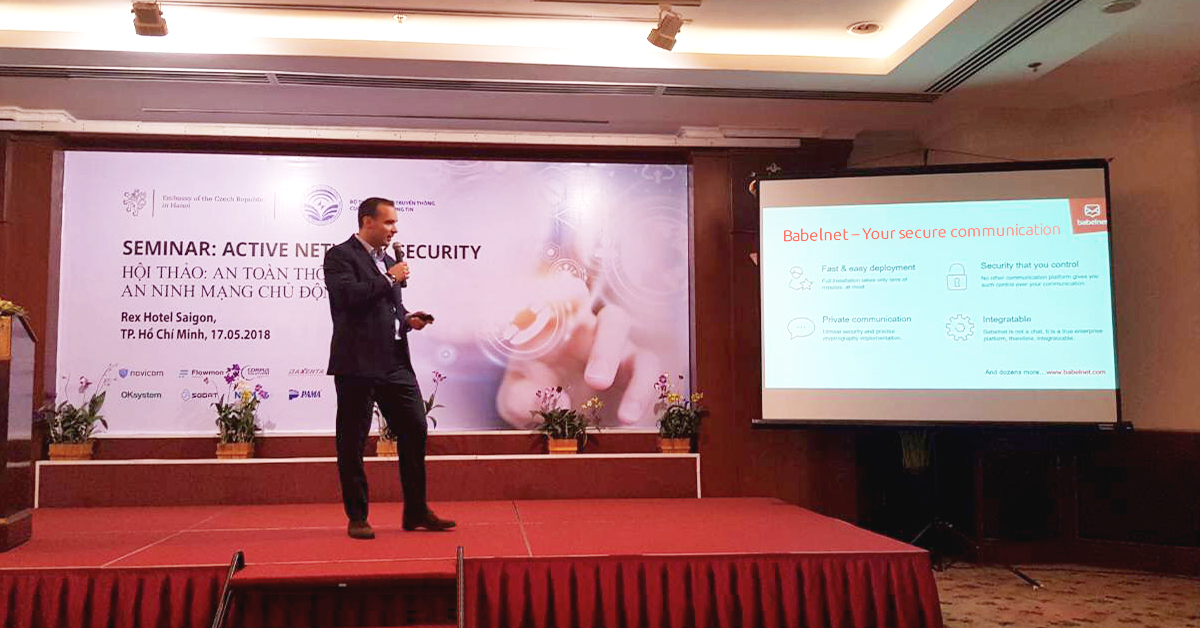
Public static final BabelPointer MERONYM_MEMBER = new BabelPointer("%m", "Member meronym", "part-of", RelationGroup.MERONYM) Public static final BabelPointer HOLONYM_PART = new BabelPointer("#p", "Part holonym", "has-part", RelationGroup.HOLONYM)

Public static final BabelPointer HOLONYM_SUBSTANCE = new BabelPointer("#s", "Substance holonym", "has-part", RelationGroup.HOLONYM) Public static final BabelPointer HOLONYM_MEMBER = new BabelPointer("#m", "Member holonym", "has-part", RelationGroup.HOLONYM) Public static final BabelPointer HYPONYM_INSTANCE = new BabelPointer("~i", "Instance hyponym", "has-kind", RelationGroup.HYPONYM) Public static final BabelPointer HYPONYM = new BabelPointer("~", "Hyponym", "has-kind", RelationGroup.HYPONYM) Public static final BabelPointer HYPERNYM_INSTANCE = new "Instance hypernym", "is-a", RelationGroup.HYPERNYM) Public static final BabelPointer HYPERNYM = new "Hypernym", "is-a", RelationGroup.HYPERNYM) Public static final BabelPointer ENTAILMENT = new BabelPointer("*", "Entailment", "entails") Public static final BabelPointer DERIVATIONALLY_RELATED = new BabelPointer("+", "Derivationally related form", "deriv") Public static final BabelPointer CAUSE = new BabelPointer(">", "Cause", "cause") Public static final BabelPointer ATTRIBUTE = new BabelPointer("=", "Attribute", "attrib") Public static final BabelPointer ANTONYM = new BabelPointer("!", "Antonym", "antonym") Public static final BabelPointer ALSO_SEE = new BabelPointer("^", "Also See", "also-see") Public static final BabelPointer GLOSS_DISAMBIGUATED = new BabelPointer("gdis", "Gloss related form (disambiguated)", "gloss-related") Public static final BabelPointer GLOSS_MONOSEMOUS = new BabelPointer("gmono", "Gloss related form (monosemous)", "gloss-related") Note I couldn't find any specific document but the BabelPointer.java lists all pointers and their mappings to RelationGroup (HYPERNYM, HYPONYM, MERONYM, HOLONYM, OTHER), there are is-a, has-kind, has-part, part-of, derived-from relation type that are commonly used with others public static final BabelPointer SEMANTICALLY_RELATED = new BabelPointer("r", "Semantically related form", "related") **** there are more please refer to the file. Wd23 member_of_political_party member_of_political_party Wd19 shares_border_with shares_border_with Wd18 type_of_administrative_territorial_entity type_of_administrative_territorial_entity Wd15 member_of_sports_team member_of_sports_team Wd11 contains_administrative_territorial_entity contains_administrative_territorial_entity Wd9 country_of_citizenship country_of_citizenship

Wd5 located_in_the_administrative_territorial_entity located_in_the_administrative_territorial_entity %Relation Types extrated by Wikidata dump 2014 september
BABELNET ID DOWNLOAD
You would have to download the api folder from here and extract it. Also, I had toĬut short the list below as I do not want overload this thread. I wouldn't call them beingįully documented but that's where you can find them and I haven't found this list to be provided anywhere on BabeNet website. "is-a" and Hypernym "subclass-of" types of relation? Where are theĪ complete list of fSymbols can be referenced in pointer.txt fileīabelNet-API-4.0\resources\jlt folder. In particular, is there a meaningful difference between the Hypernym Where it is documented what kinds of relations can be included here? Please note that I could list out all of this in comments section so opting to write an answer instead and I am only trying to answer the below question since it's highlight in bold. Where it is documented what kinds of relations can be included here? In particular, is there a meaningful difference between the Hypernym "is-a" and Hypernym "subclass-of" types of relation? Where are the fSymbol values documented? I'm screening out non-English links, as well as links that are just "related" and "gloss-related" links, which are the vast majority. If shortName != "related" and shortName != "gloss-related": R = requests.get(''+nextId+'&key=', proxies = proxy_dict) Proxy_dict = # set according to system needs But here's what I've got (just printing them out for now for debug purposes), using python requests and BeautifulSoup: import requests
BABELNET ID TRIAL
The key is the getOutgoingEdges query, though some parts of this are trial and error as I didn't find the documentation as helpful as one might hope.

I've actually more or less figured this out. Is that information available through the restful API? For example on the page for GPS I want to be able to extract these attribute value pairs: IS A navigational system I'm trying to use the BabelNet restful API to retrieve the information on the page below the gloss and above the button that says "Explore Network".


 0 kommentar(er)
0 kommentar(er)
